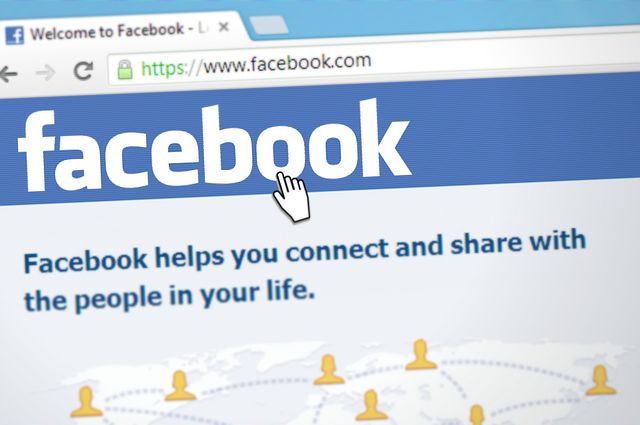By Shamanth Rao
As much as we’ve talked about exploring user acquisition outside the Duopoly, Facebook does remain the 800-pound gorilla (#captainobvious) in the room. Yet, some of the changes on the platform have been dizzying, and app marketers have needed to change rapidly to cope with these disruptions.
We’ve spent a lot of time on our team thinking about where Facebook is going—and how this will continue to evolve over the next couple of years. While the distant future can be a bit of mystery (“contextual voice-activated ads!”), the near future is a bit more clear.
Four Trends Mobile Marketers Need to Watch
Here are some of the trends we think will impact UA in Facebook and how we are preparing for these:
1. Audiences are the new oil
“Audiences are the new oil,” according to the Deconstuctor of Fun blog. In other words, audiences are the new, untapped frontier that presents the next big opportunity. While manual targeting, or understanding interests and psychographics was crucial in the past, a lot of that has been automated away today. While it is less important for you to understand if you need to target women aged 40+ interested in yoga, it has become ever more crucial to understand and target behavioral audiences via event-based targeting.
Specifically, if you’re a fitness app, rather than target women who may have listed yoga as an interest, you target lookalikes of users who have already consumed yoga-related content in your app and made at least two purchases. You target users through event-based relevance(as tracked by events that track the kind of content you consume) *and* depth of engagement. That sort of granularity offers the keys to the kingdom.
2. There will be even more automation
Facebook has continued to make automation a part of every component of its systems — and the near future will see more of that happening, with the early signs already being clear and present. With Campaign Budget Optimization (CBO), much of the budget management has been automated away. With placement asset customization, a lot of placement level creative management has been automated away. With the plethora of bidding options available (bid cap, cost cap, target bids, value optimization, auto bids), there’s much more granular control over how you bid.
How do you deal with increased automation, and the fact that the machines are taking over? While fighting the tide is futile, the best ways to cope are to focus on making the most of the rising tide. We are laser-focused on the parts that aren’t yet fully automated—audience experimentation and creative strategy. We focus on making sure the machine learning algorithms perform their best—by ensuring the liquidity of signals (constructing campaigns so that there are enough data points for the algorithms to do well)
3. Creatives become more interactive and native
While much has been said about the primacy of creative strategy, the specifics of what makes for winning creatives have shifted. With the explosion of Instagram Stories and TikTok, the kinds of creatives that you need to succeed with UA have changed in a similar manner.
Having your video content be native—or showing real users/use cases has been giving us significant results, as has interactivity—with polls, as well as playable ads. Facebook’s video creation kit and instant experience already make it easy for even lay advertisers to add on interactivity/motion to their ads—and we believe there’ll be significantly more options for interactivity in ads as Facebook makes these easier to unlock even for lay advertisers.
4. Investing in data infrastructure becomes crucial to understand downstream user journeys
Even though Facebook and MMPs offer a plethora of data, there are limits to what most marketers can do with it. While the bigger and more sophisticated marketing teams have had sophisticated analytics systems at their disposal, it will become crucial for the smaller advertisers to also understand not just the top of funnel metrics leading to d7 numbers, but also understand at a granular level what happens downstream. While Facebook’s SDK and analytics offer some insight, the savviest developers will need to build customized solutions.
Facebook is continuing to change and marketers’ ability to watch and roll with these trends—automation, focus on audiences, and the primacy of creatives—and emphasize data infrastructure, will become ever more crucial to their success.
Shamanth Rao is the founder of the mobile user acquisition agency RocketShip HQ, the host of the podcasts How Things Grow and the Mobile User Acquisition Show. Shamanth has been a part of three exits, all in mobile apps – Bash Gaming (sold for $170 million to GSN Games), PuzzleSocial (sold to Zynga), and FreshPlanet (sold to GameLoft).





 0
0



